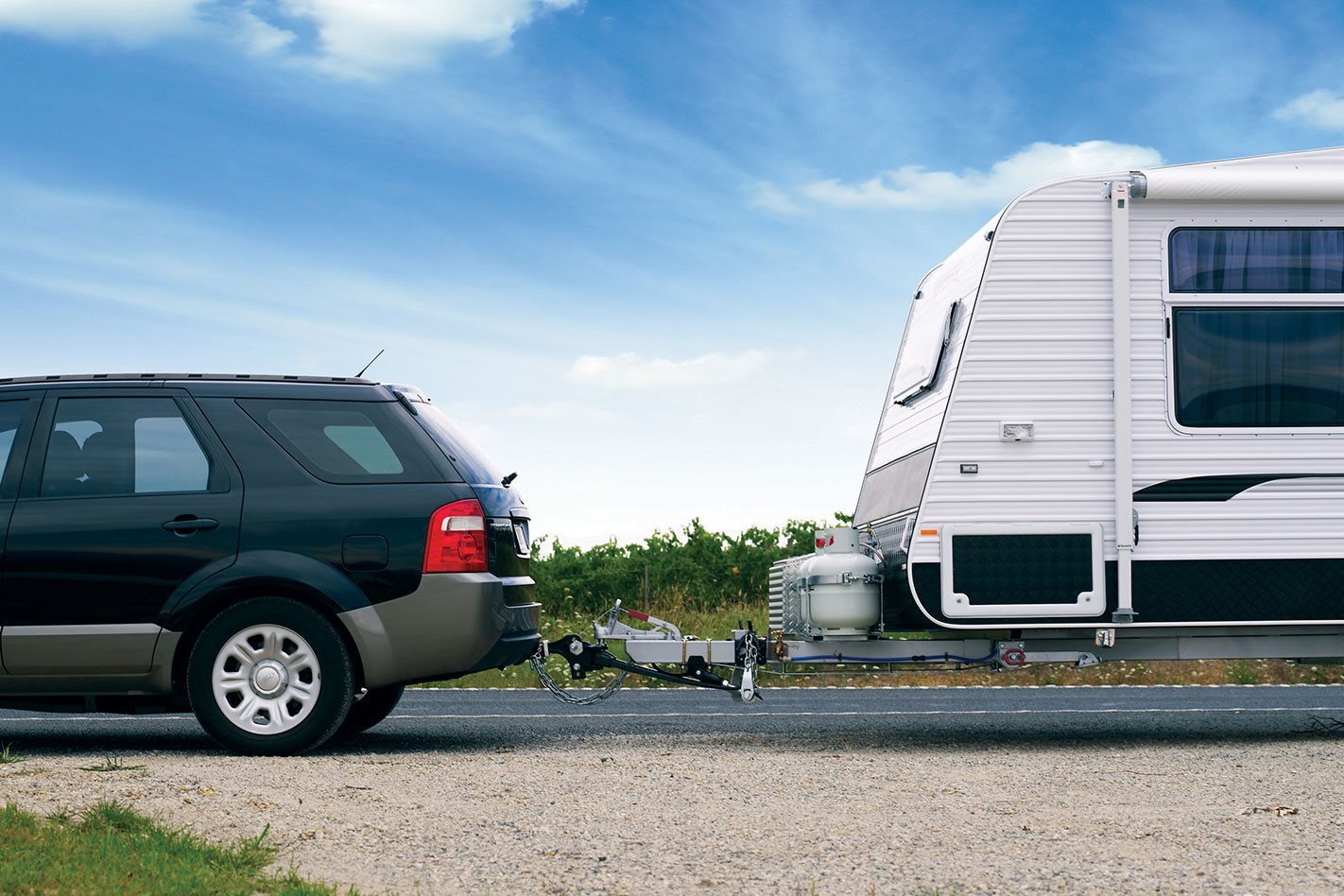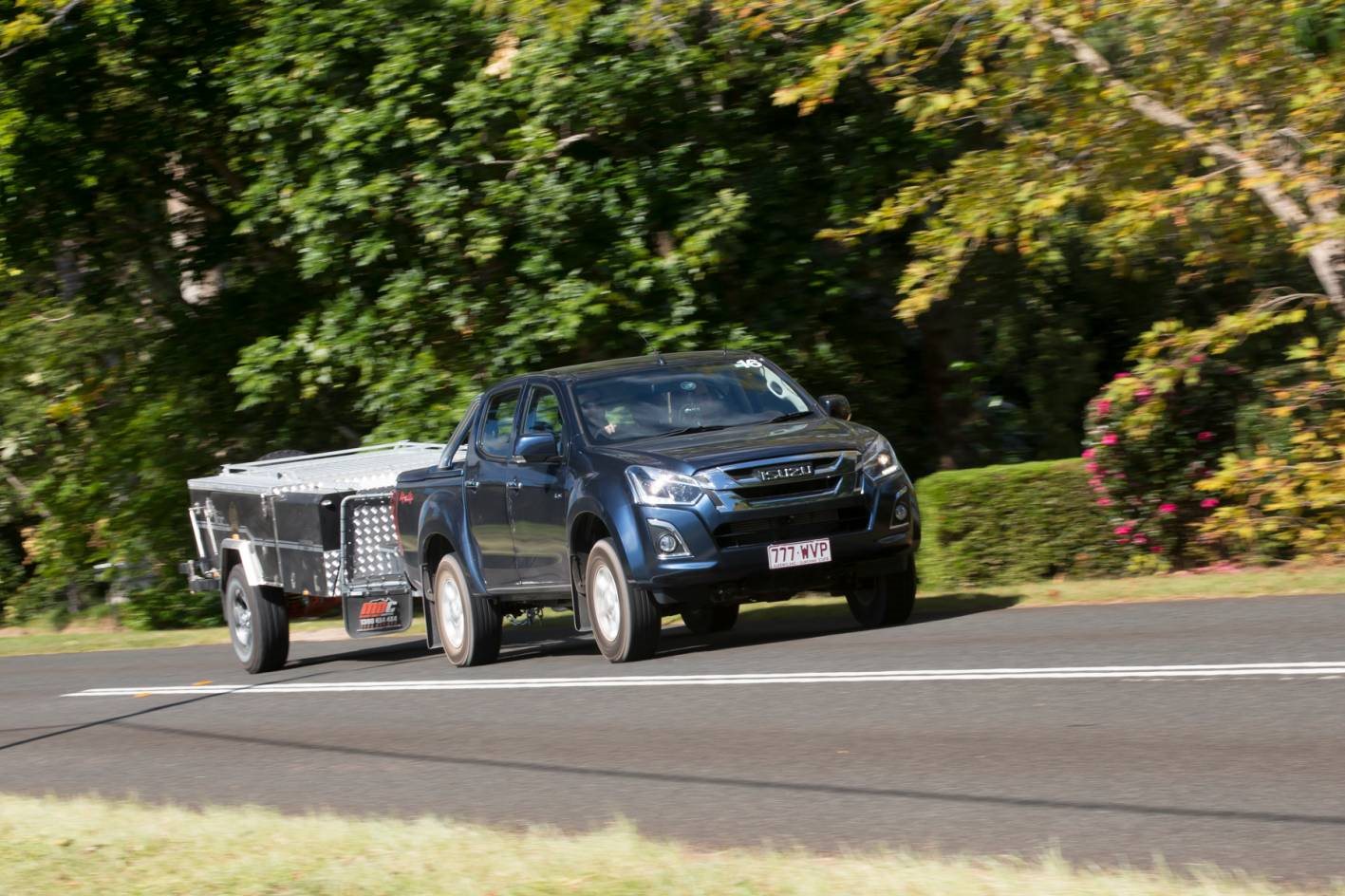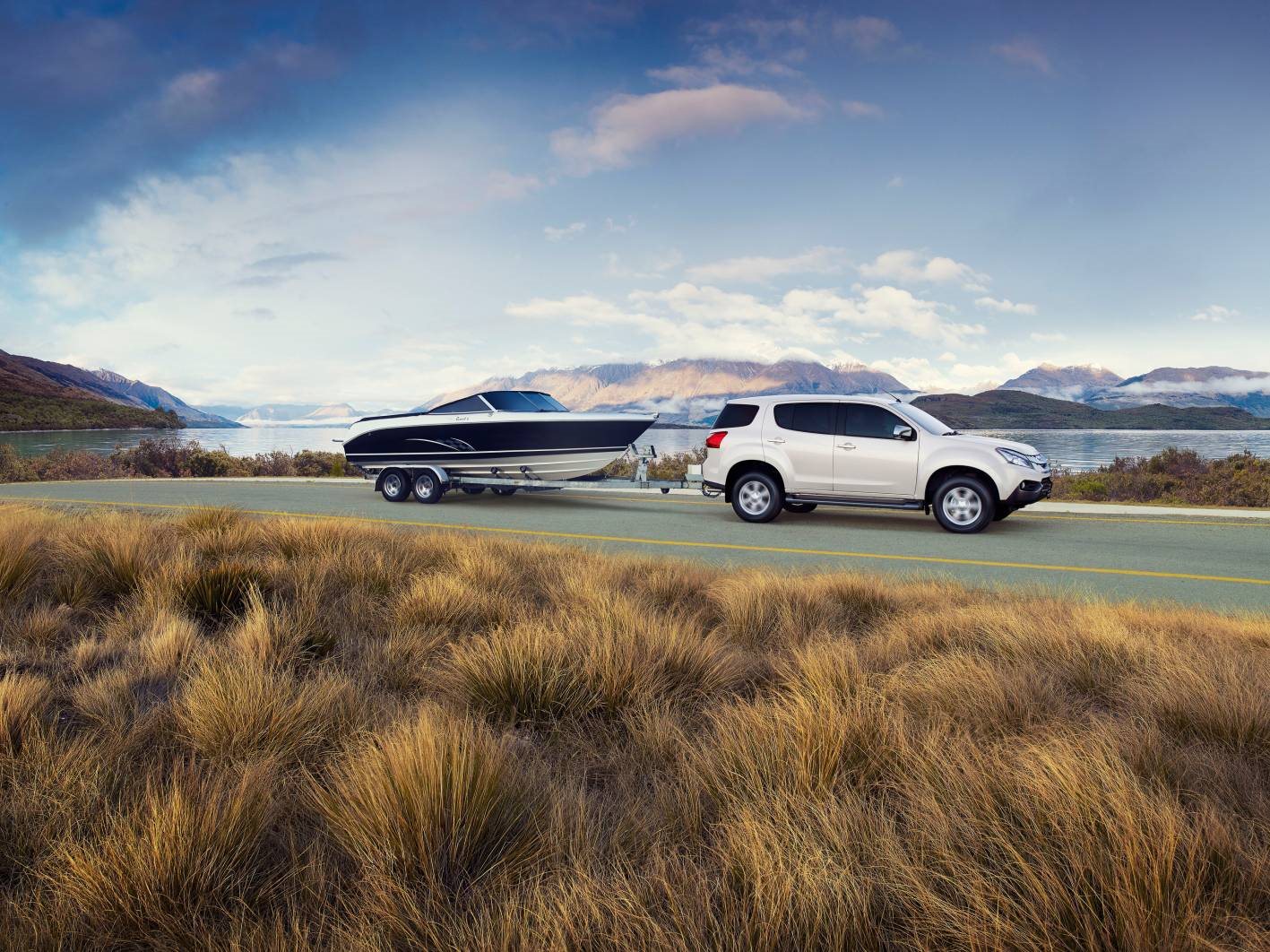► How to tow a caravan or trailer
► An important checklist
► Along with driving tips, too
If you suddenly have the need to borrow or hire a trailer or caravan these holidays, there are a few steps to take to ensure you do it safely. Different countries have different rules for trailers and caravans, so check your local roads authority and towing destination if you’re not familiar with trailers and tow vehicle regulations.
Check the caravan or trailer
- Trailers and caravans above certain sizes and weight need to be registered. If borrowing or hiring a registered trailer, make sure its registration and roadworthy are current.
- Check that the trailer’s tyres are properly inflated. Trailers that have been stored for some time may be low on tyre pressure
- If possible jack up the trailer or caravan and spin the wheels to ensure the bearings work properly. Also test to see if you can move the wheel from side to side; if it does, there’s a good chance the bearings are worn and may fail

- Check the trailer’s suspension system and brakes if fitted. Small trailers won’t have brakes and generally won’t be able to carry more than about 750 kilograms. Larger trailers that can carry more weight may have either hydraulic or electric brakes; hydraulic ones work with any car, but electric ones need a special adapter wired into your car
- Check the trailer’s plug to see if it is either round or rectangular, and the same for your car. If the plugs are different you may need to buy a special adapter
- Connect the trailer’s plug to the car and ensure all the lights are working. If they’re not, wriggle the plug to make a better connection as a trailer that’s not used for a while may build up corrosion on the electrical connectors
- Make sure the trailer is in good condition and not weakened by rust or rotting wood. Also check welds at key joins and tie-down points
Loading the caravan or trailer
- Spread the load evenly across the floor or deck of the trailer and keep it as low as possible to contain the centre of gravity
- If the load is smaller than the trailer, move it as far to the front of the trailer as possible
- Avoid loads that stick out wider than the trailer and tow vehicle
- Avoid loads that are much longer than the trailer as this could impact your car’s handling. Long or high heavy loads could make the trailer sway uncontrollably
- Secure the load taking into account wind and forces caused by accelerating, braking and turning

Driving with thecaravan or trailer
- Make sure the trailer’s weight is within the tow limits of your car. This information can be found in your car’s user manual
- When driving, listen out for any noises from the trailer such as clunky or scraping wheels or a loose load
- Notice how the trailer affects your car’s handling and allow longer distances for braking, overtaking and joining a traffic stream and slow down before turning or entering curves
- If the trailer is bigger than normal, allow for its tendency to ‘cut-in’ on corners and curves
- Brake and accelerate smoothly and allow the trailer to move with your car rather than react to it

- Use a lower gear on downhill sections of road, even in an automatic, so you’re not sitting on the brakes under load
- If travelling long distances, stop from time to time to ensure the load is still secure and the trailer is coping. Check tyres, tie downs and couplings, and feel for heat in the wheel hubs that will tell you they’re about to fail. They should not be too hot to touch
- If reversing a trailer get someone to direct you wherever possible. If you keep having trouble reversing swallow pride and stop – you can get someone else to do it, unload from that spot or unhitch the trailer and push it into place. Alternatively, there will soon be a number of cars on the market that will be able to do the backing for you.
Trailer sway
If your trailer or caravan begins to sway or snake, try the following:
- Remain calm and avoid the urge to apply the towing vehicle’s brakes.
- Don’t try to steer out of the swaying / snaking. Alternatively hold the vehicle steady and try to stay in the lane.
- Gently apply the caravan’s electric brakes using the manual control in the tow vehicle. Otherwise, where conditions permit, continue at a steady speed or accelerate slightly until the sway stops.
- When a condition of sway has been corrected, slow down and pull off the road safely.
- Check that your load is correctly distributed within the trailer, making sure that heavier items are placed over the axles of the caravan.
- A caravan that doesn’t have the load distributed correctly, for example with too much weight behind the rear axle, may not handle well and may be the cause of swaying / snaking.
This article originally appeared on whichcar.com.au